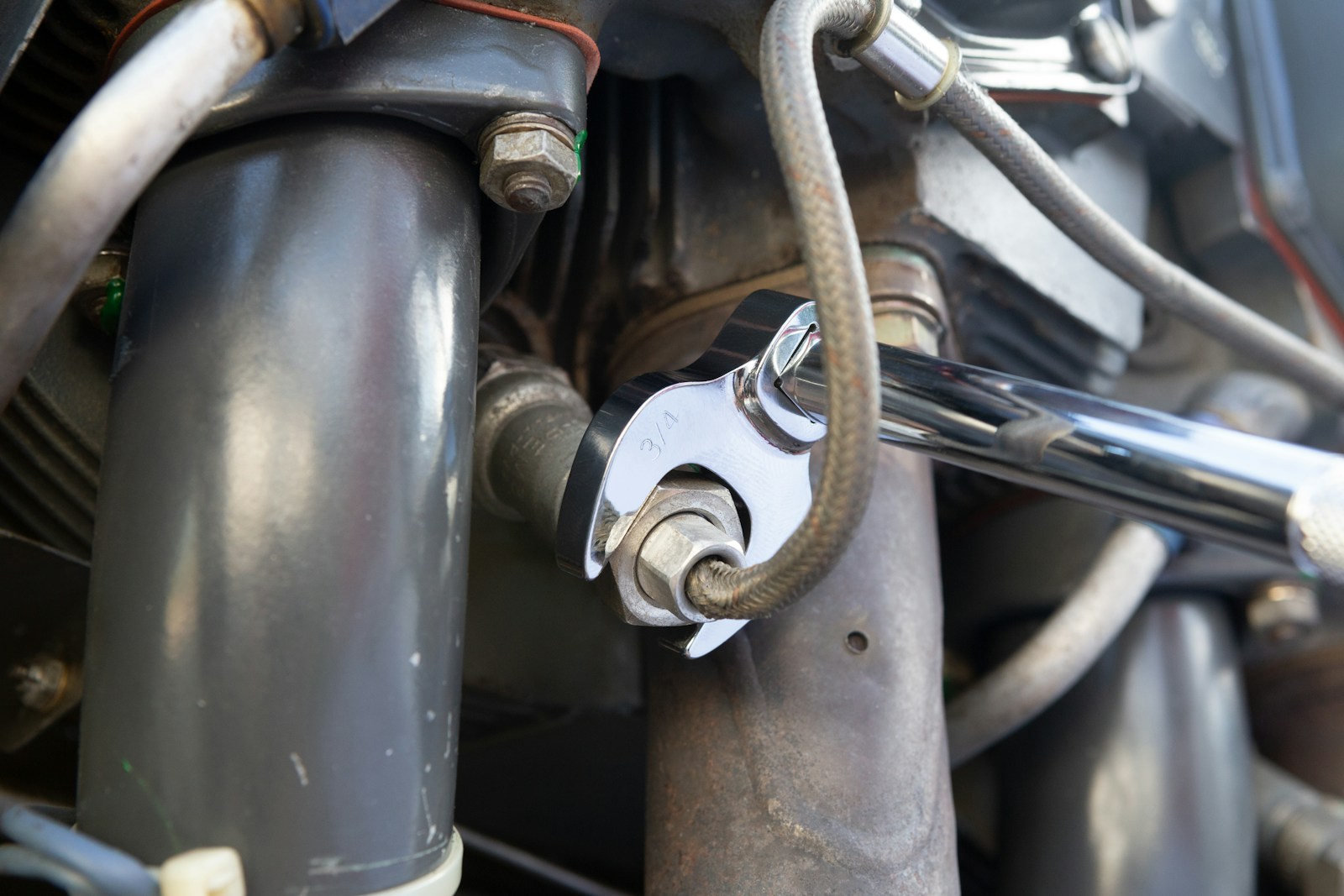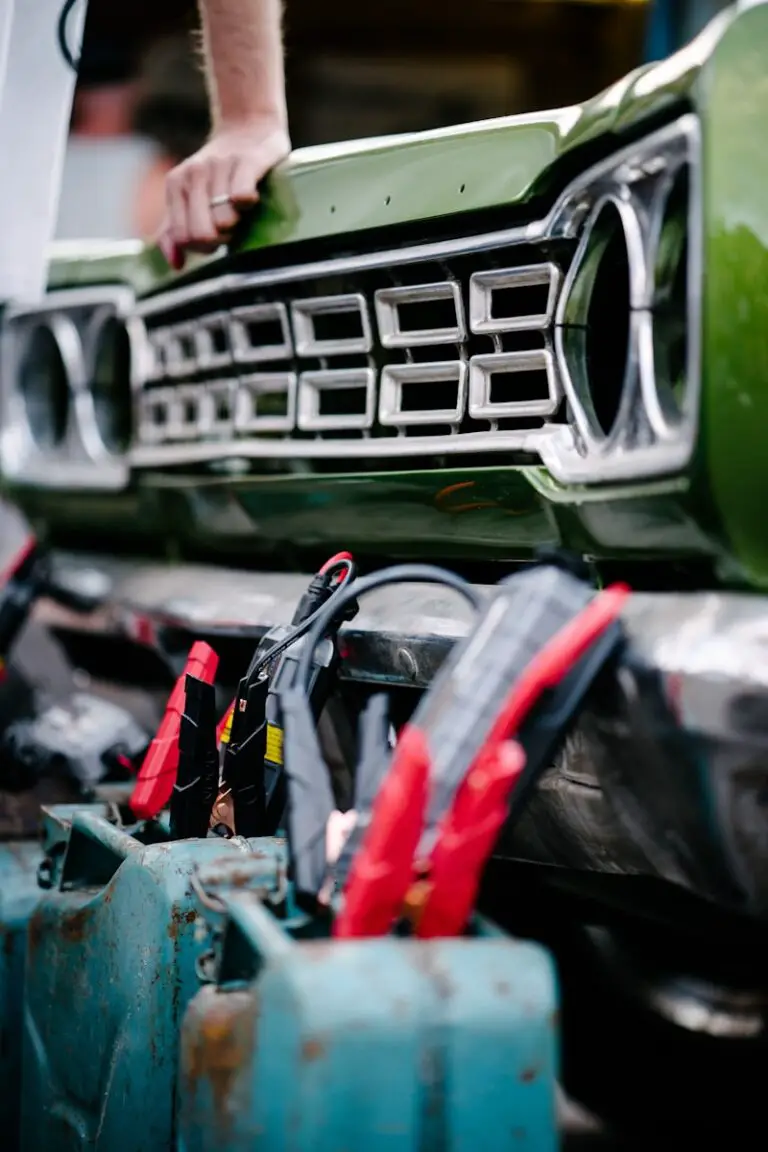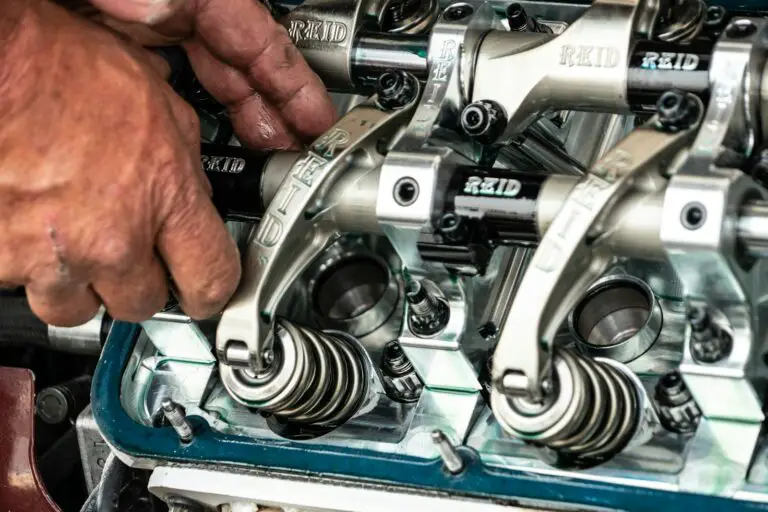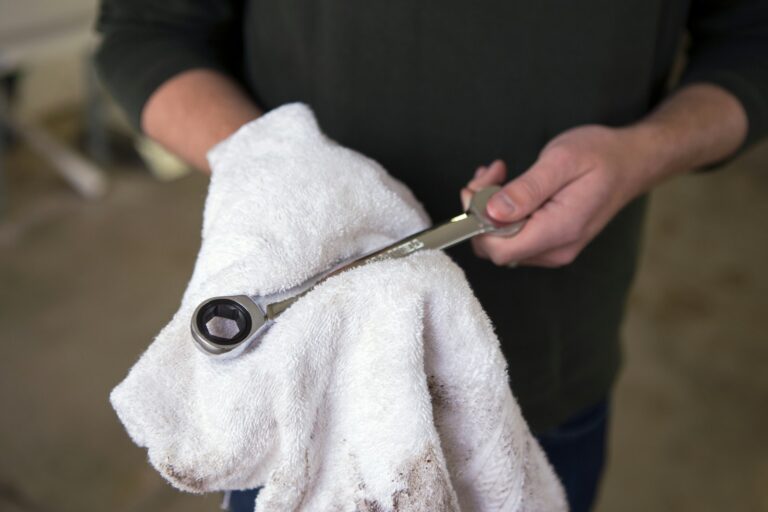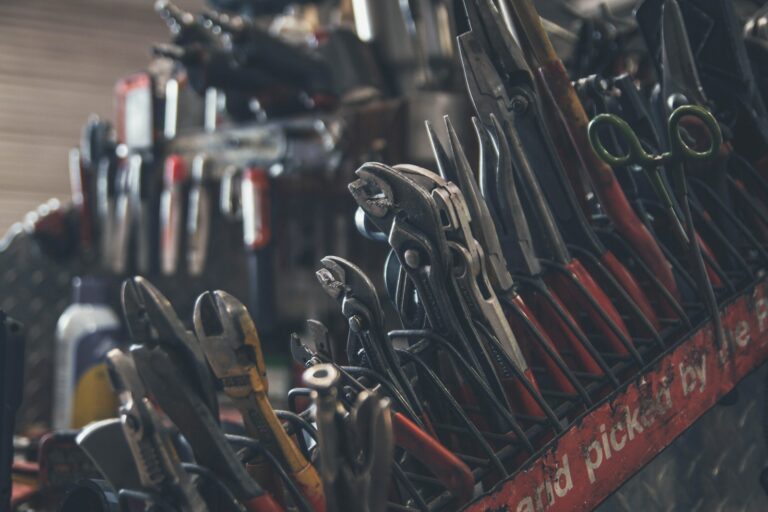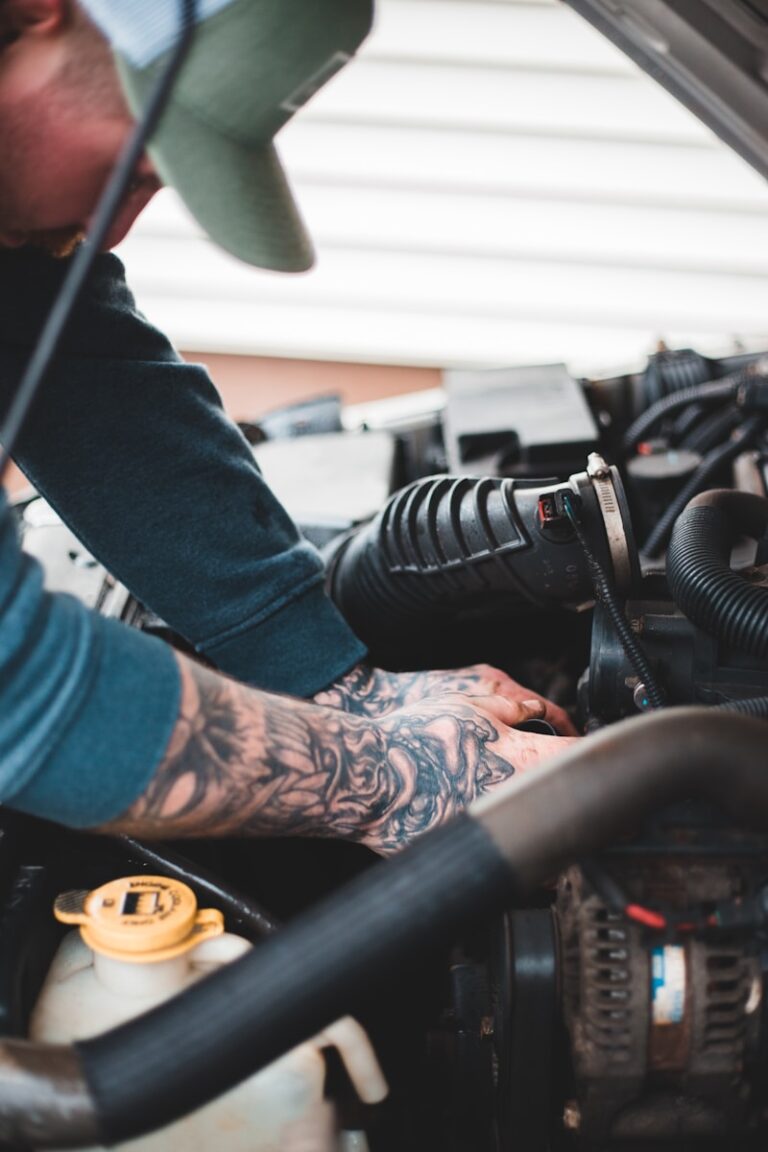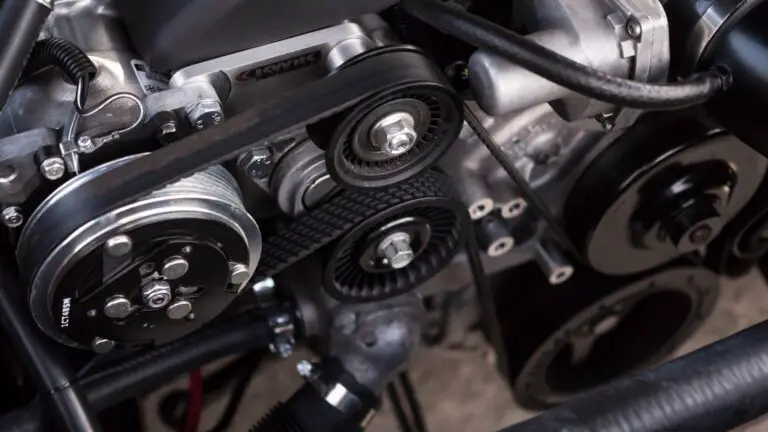DIY Cooling System Flushes: The Essential Guide for Car Enthusiasts
For the car lover, few undertakings are as satisfying as performing maintenance on your prized ride. Knowing the intricacies of your vehicle and how to keep it running its best can be both a hobby and a practical skill. One area that’s often overlooked, but crucial for the longevity and performance of your car, is the cooling system. In this comprehensive guide, we’ll explore the what, why, and how of DIY cooling system flushes.

Understanding Cooling System Flushes
Your car’s cooling system is responsible for maintaining the engine’s ideal temperature. It does this by circulating coolant through the engine, where it absorbs heat, and then through the radiator, where the heat is dissipated. Over time, this coolant becomes contaminated with rust, corrosion, and other deposits that can lead to overheating and engine damage.
A cooling system flush is a process of draining the old coolant, cleaning the entire system, and refilling it with fresh coolant. It’s a critical maintenance task that ensures your engine runs at the right temperature, guards against corrosion, and preserves the efficiency of your vehicle.
The Importance of Regular Maintenance
Regularly flushing your cooling system is akin to changing the oil; it’s a fundamental aspect of car care that should not be neglected. By keeping the cooling system clean, you prevent the buildup of rust and other contaminants that can clog the system, which ultimately leads to expensive repairs or engine failure.
Benefits of DIY Cooling System Flushes
Why should you consider taking on this task yourself? Apart from the satisfaction of completing the job, there are several tangible benefits that make a DIY approach worthwhile.
Cost Savings
Cooling system flushes at the mechanic can be costly due to labor, and the price tag is often padded with overheads. By doing it yourself, you bypass these costs, saving substantially.
Extended Engine Life
An engine that runs at the correct temperature lasts longer. By meticulously maintaining your cooling system, you’re adding miles to the life of your car’s powerplant.
Improved Engine Performance
With a clean cooling system, your engine’s efficiency improves. This can mean better fuel economy and a more responsive drive.
Step-by-Step Guide for DIY Cooling System Flush
Ready to roll up your sleeves and give your car the care it deserves? Follow these steps for a successful cooling system flush.
1. Gather Necessary Tools and Materials
You’ll need the following:
- A container to collect old coolant
- Wrenches and pliers for draining the coolant
- A flush kit, if you’re using one
- Safety equipment, like gloves and goggles
- Your vehicle’s manual to check for model-specific instructions
2. Drain the Coolant
First, ensure your engine is cool. Then, locate the drain plug at the bottom of the radiator and place your container beneath it. Open the plug and allow the old coolant to drain.
3. Flush the System
This step varies depending on whether you’re using a commercial flush kit. Without a kit, you’ll need to re-fill the system with water, run the engine and heater, re-drain, and repeat until the draining water is clear.
4. Refill with New Coolant
Once your system is clean and empty, replace the drain plug and begin to fill the system with the recommended coolant. Follow your manual’s instructions for any special bleeding procedures.
5. Check for Leaks and Monitor Coolant Levels
Before considering the job finished, start your engine with the new coolant and check for any leaks. Top off the coolant as needed and keep an eye on it for the next few drives.
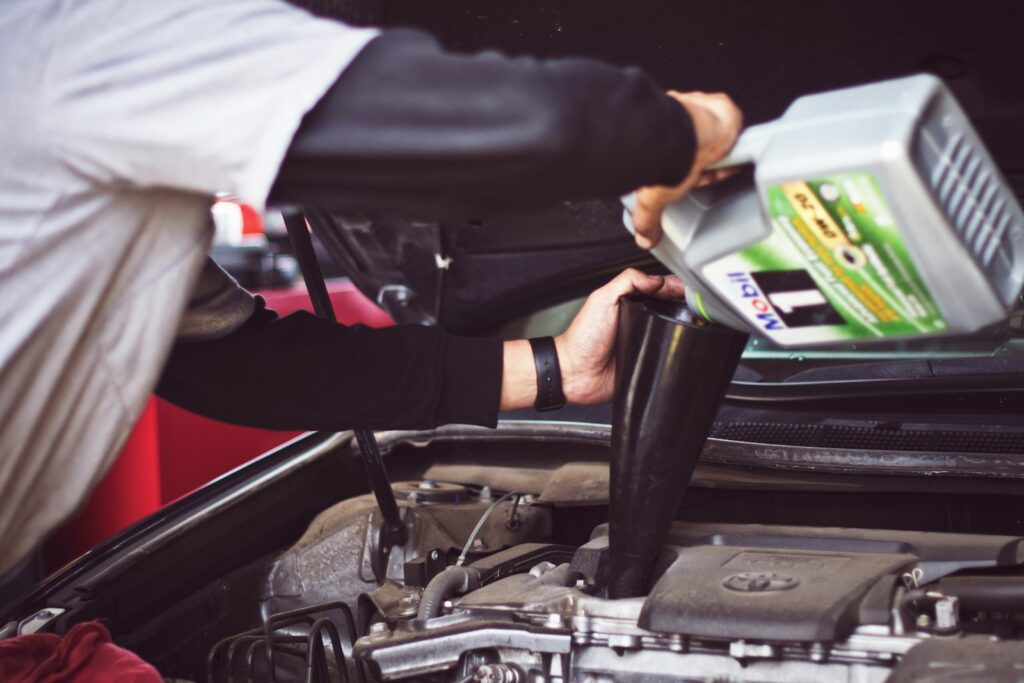
Common Mistakes to Avoid
While tackling a cooling system flush can be a rewarding experience, there are several pitfalls to watch out for.
Using Incorrect Coolant
Not all coolants are created equal. Using the wrong type can lead to incompatibility issues and potential damage. Be sure to use the coolant recommended in your vehicle’s manual.
Not Properly Bleeding the System
Air pockets in your cooling system can cause overheating. Always bleed the system according to your car manufacturer’s specifications.
Overlooking Leaks or Damages
A flush is an excellent time to check for any signs of damage or leaks in your cooling system. Catching and addressing these early can save you from major headaches later on.
Conclusion
In the world of automotive maintenance, the cooling system flush may seem daunting, but it’s an endeavor well worth the effort. For enthusiasts, it presents an opportunity to connect with your vehicle, prolong its life, and enhance your driving experience. With the step-by-step guidance provided, you’re now equipped with the knowledge to tackle this crucial maintenance task with confidence. Remember, the key to a healthy car is a cool engine, and that starts with a pristine cooling system. Happy flushing!

